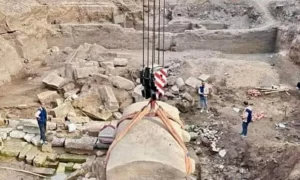In a remarkable archaeological find, a 26th Dynasty sarcophagus has been unearthed at a construction site for the new Benha University Hospital in the Delta town of Banha, located in the Qalyoubiya Governorate of Egypt. This discovery was made during rescue excavations, a common practice in regions with rich historical layers beneath the modern landscape. The Supreme Council of Antiquities (SCA) in Egypt has taken charge of the situation, announcing the find and outlining the steps being taken to preserve this significant piece of history.
Ancient Artifacts
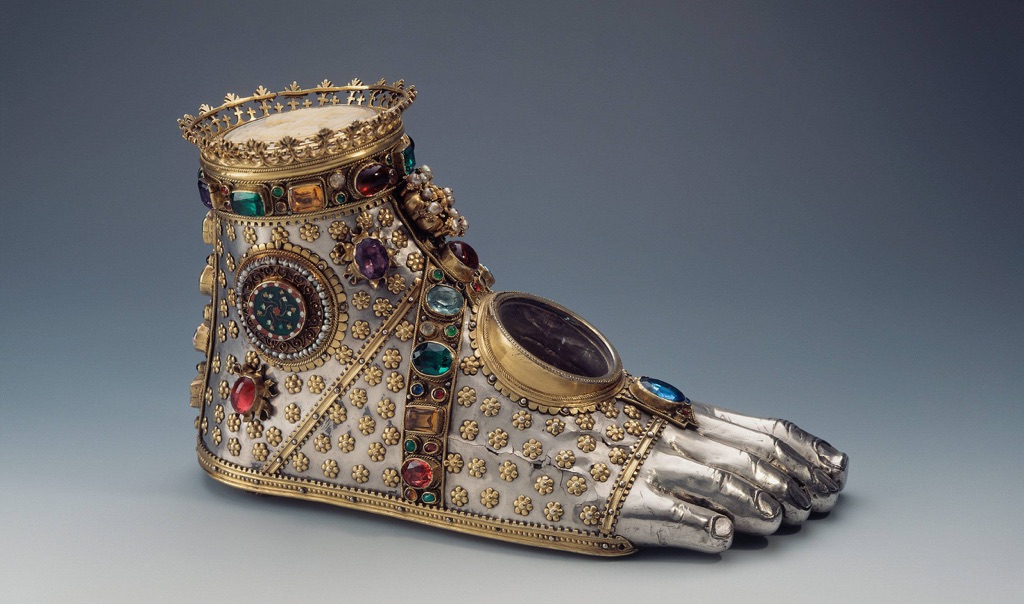
Moving to the East, ancient China artifacts like bronze vessels and oracle bones shed light on the rituals and governance of early Chinese dynasties. These artifacts highlight China’s long history of craftsmanship and written language. Similarly, ancient Egyptian artifacts are world-renowned, particularly for their funerary art, such as the treasures from King Tutankhamun’s tomb. These pieces reflect the Egyptians’ beliefs about death and the afterlife. Artifacts are not just old objects to be displayed in museums; they are keys to unlocking the secrets of human development across the ages. They preserve the ideas and values of people who lived thousands of years before us. Through careful study, they teach us about our collective history and heritage.
Among the most famous ancient artifacts in the world is the Rosetta Stone. Discovered in 1799, this granodiorite stele was the key to understanding Egyptian hieroglyphs—a script made of small pictures that was used originally in ancient Egypt for religious texts. The Rosetta Stone is inscribed with a decree issued at Memphis in 196 BC on behalf of King Ptolemy V. The decree appears in three scripts: the upper text is Ancient Egyptian hieroglyphs, the middle portion Demotic script, and the lower Ancient Greek. Because it presents essentially the same text in all three scripts, it provided the crucial link for scholars to decipher Egyptian hieroglyphs, thereby opening a window into ancient Egyptian history.
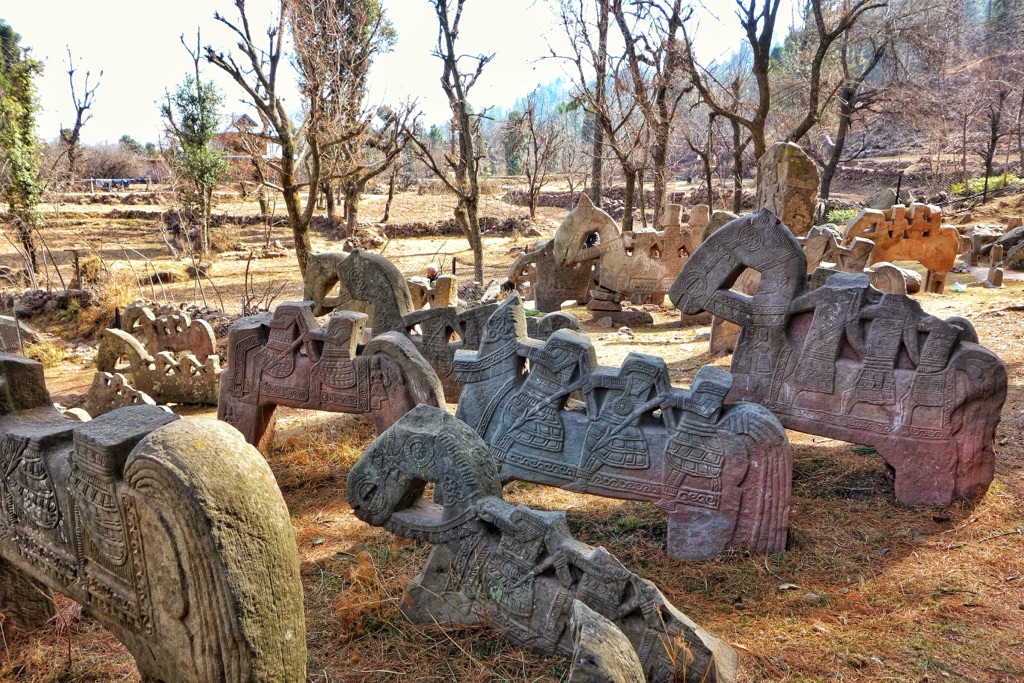
The title of the oldest artifact on earth goes to the stone tools found in Lomekwi 3, Kenya, which date back to 3.3 million years ago. These tools predate the earliest known humans and suggest that tool-making was a part of our pre-human ancestors’ way of life. These ancient tools mark a significant milestone in human evolutionary history, indicating the beginnings of technology and innovation. They are not just simple objects; they represent the dawn of human ingenuity and the very first steps towards the complex societies we have today.
An ancient artifact can be defined as any item made or used by humans in ancient times that has cultural, historical, or archaeological significance. These artifacts can range from monumental structures like the pyramids of Egypt to small, everyday objects like Roman coins. They can include items as diverse as weapons, clothing, and artwork. Each artifact, no matter its size or apparent significance, offers a glimpse into the lives of those who came before us, providing evidence of past behaviors, beliefs, and social structures.
Famous ancient artifacts not only include monumental finds like the Rosetta Stone or the treasures of Tutankhamun’s tomb but also the Terracotta Army of China, the Dead Sea Scrolls, and the Venus of Willendorf. The Terracotta Army, buried with the first Emperor of China, Qin Shi Huang, consists of thousands of life-sized figures meant to protect the emperor in the afterlife. The Dead Sea Scrolls, discovered in a series of caves near the Dead Sea, are ancient Jewish texts that offer invaluable insight into the history of Judaism and the early text of the Bible. The Venus of Willendorf, a small Paleolithic figurine discovered in Austria, dates back to about 28,000 BCE and is thought to represent fertility. Each of these artifacts, in its own way, has reshaped our understanding of human history, offering evidence of the complexity, diversity, and ingenuity of ancient civilizations.
List of Discovered Ancient Artifacts
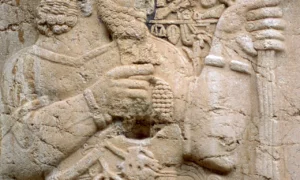
İvriz relief
The İvriz relief is a remarkable piece of Hittite art carved into a rock face in central Turkey. It depicts a king, thought to be Warpalawas, and a god, possibly the storm god Tarhunza, indicating a cultural significance tied to the Hittite civilization. The relief stands as a testament to the intricate artistry and religious practices of the era.
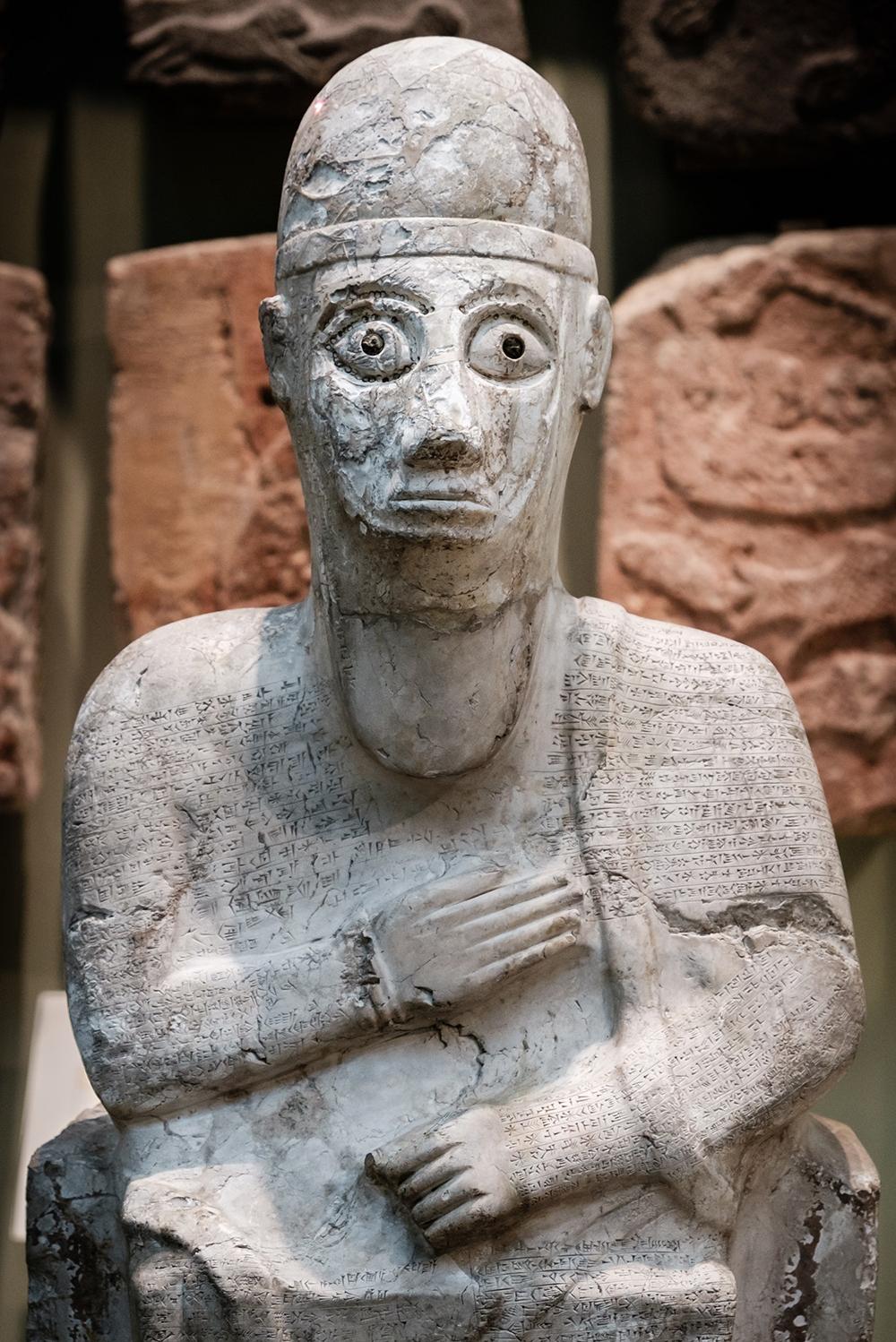
Idrimi: The Exiled Prince Who Became a King
Idrimi, a name that resonates with the echoes of ancient Near Eastern history, stands as a testament to resilience, strategic acumen, and the complex interplay of diplomacy and military prowess in the Late Bronze Age. His story, primarily known from an autobiographical inscription on his statue discovered at Alalakh (modern Tell Atchana) by Leonard Woolley in 1939, offers a rare glimpse into the life of a king who rose from exile to power during a tumultuous period around 1450 BC.
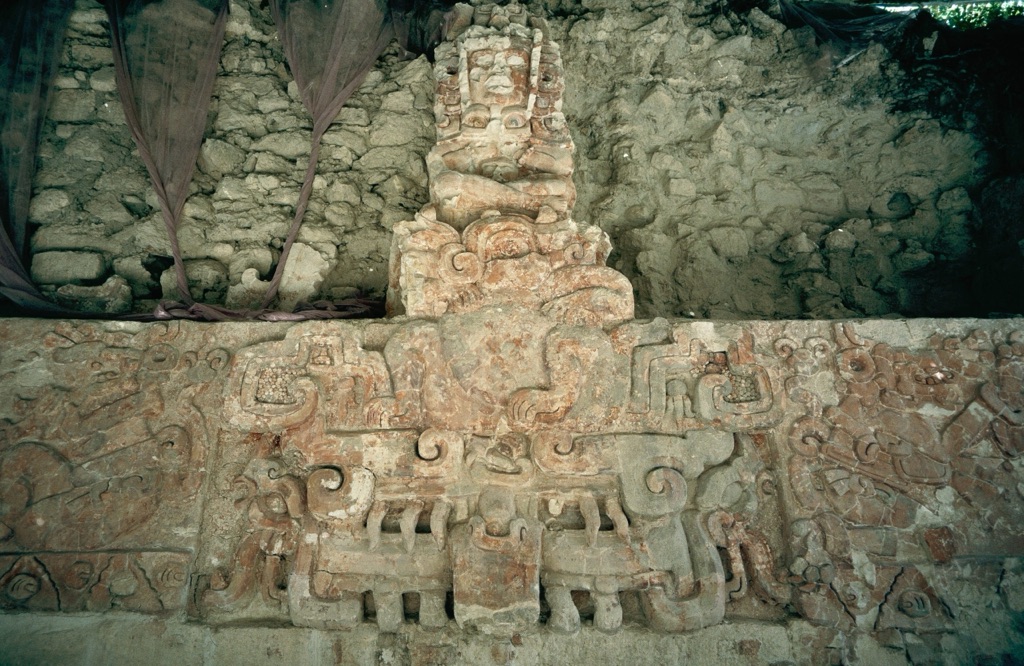
Balamku
Balamku, known for its exceptional preservation of Maya frescoes, is an ancient Maya archaeological site in Campeche, Mexico. Discovered in 1990, it has provided significant insights into Maya civilization. The site’s name means ‘Jaguar Temple’ in the Maya language. Balamku’s frescoes are a key highlight, offering a glimpse into the religious and social practices of the Maya people.
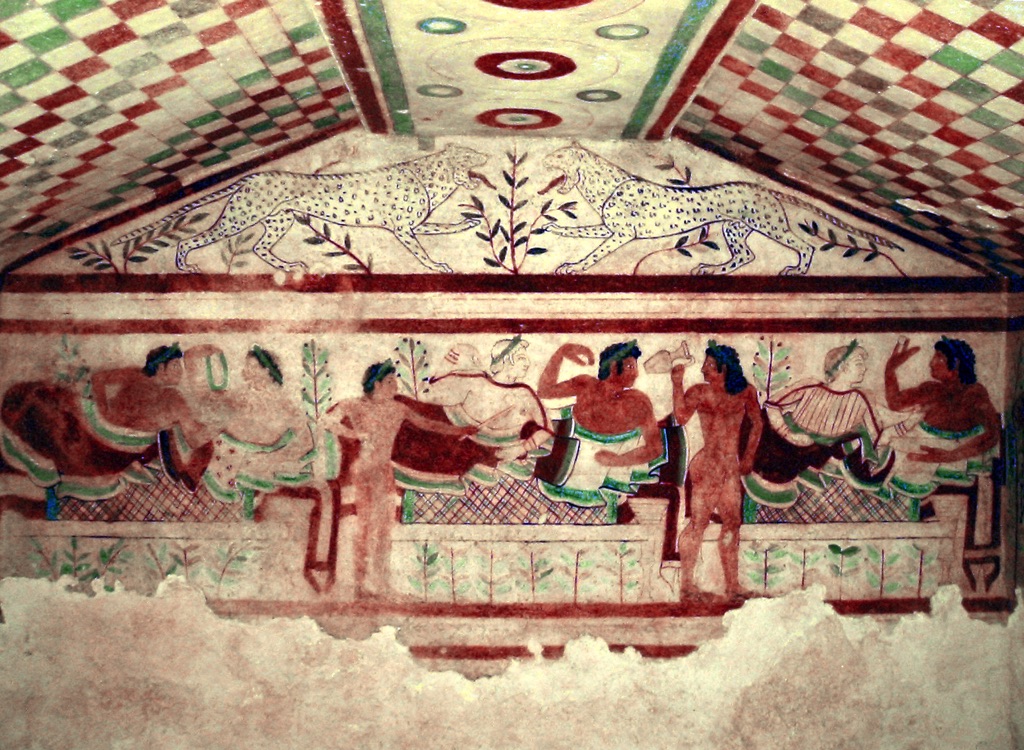
Tomb of the Leopards
The Tomb of the Leopards is one of the most striking and well-preserved tombs in the necropolis of Monterozzi, located near Tarquinia, Italy. It is famous for its vibrant frescoes, including the eponymous leopards, which are a testament to the artistic skills of the Etruscans. The tomb dates back to the 5th century BC and provides invaluable insights into Etruscan society, beliefs, and funerary practices.
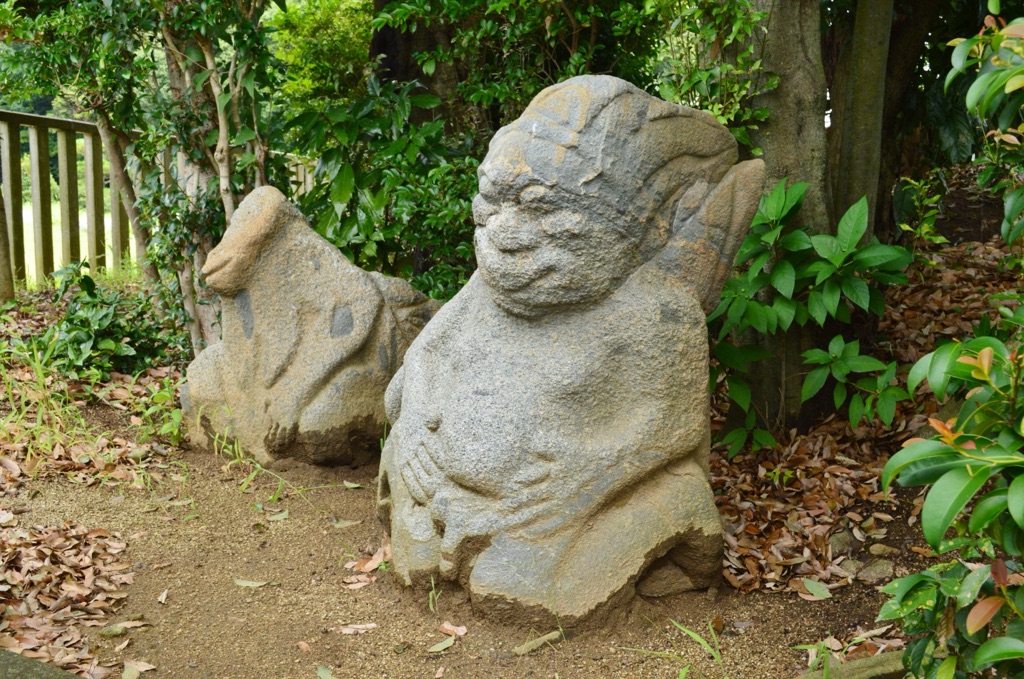
Saru ishi (Monkey Stones)
Saru ishi, or Monkey Stones, are a mysterious and intriguing set of artifacts found in Japan. These stone carvings, resembling monkeys, have captured the imagination of historians and archaeologists alike. Their exact purpose and origins remain a topic of debate, with various theories attempting to unravel the secrets of these enigmatic stones. The Saru ishi are not only significant for their cultural and historical value but also for the insight they provide into the artistic expressions of ancient civilizations in Japan.

